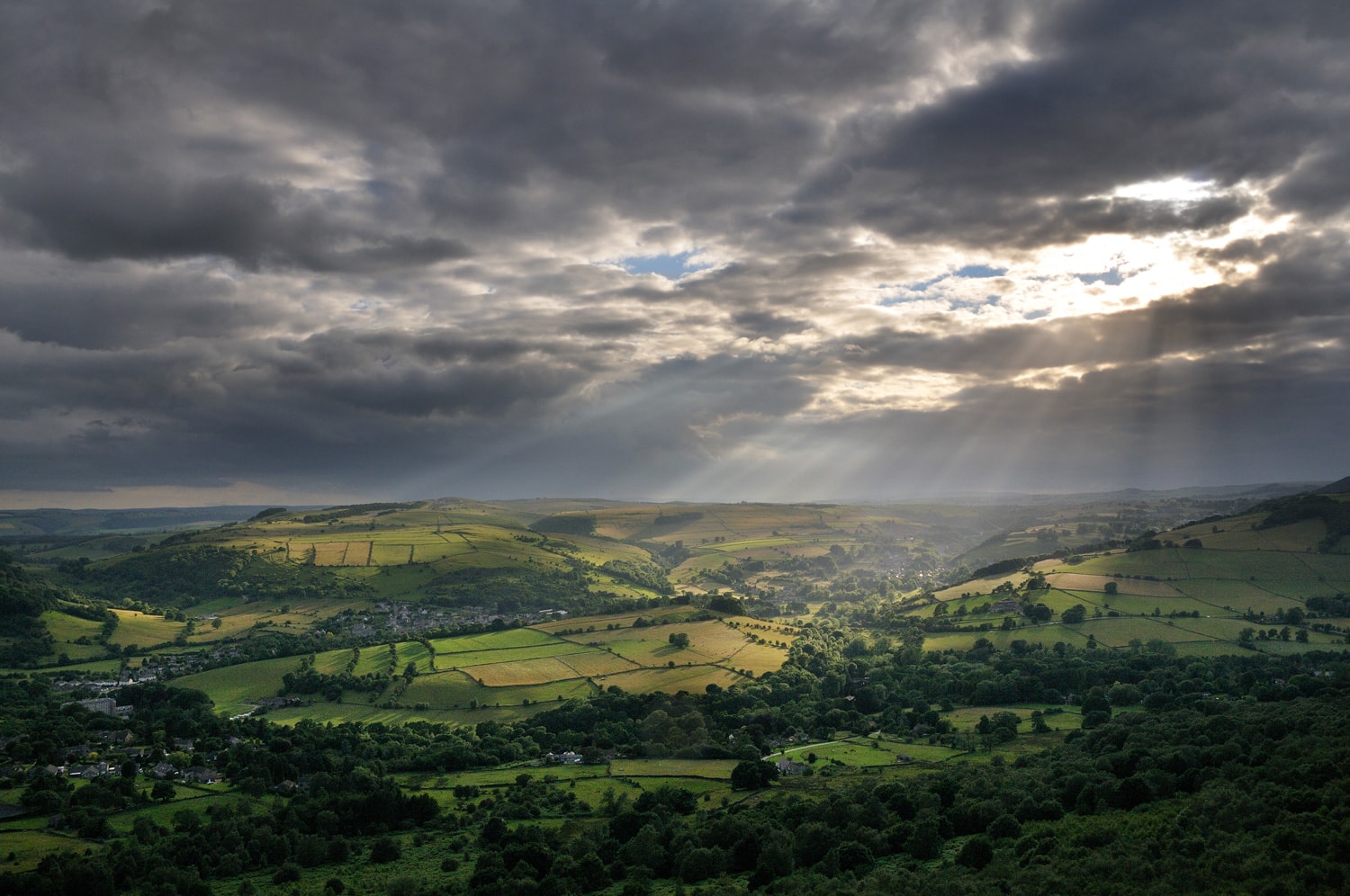FAQs - Parking Capacity

April 2025
The National Park Authority is aware of increasing concerns from residents, businesses, landowners and visitors regarding disruptive or illegal parking in some of the Peak District's most popular locations.
Car parking capacity has been discussed at high level meetings between the National Park, highways authorities including Derbyshire county council, the police and other local landowners.
The National Park Authority itself does not have any jurisdiction to implement, or any specific enforcement power regarding:
- Parking restrictions such as double-yellow lines or ‘clearways’
- Physical parking restrictions such as road closures or deterrents on land adjacent to the highway not under the Authority's ownership
- The enforcement of illegal or disruptive parking (e.g. issuing of penalty notices or fines, or towing of vehicles)
- The setting of national guidance or planning matters regarding the use of land on a temporary basis for relief or additional capacity parking, sometimes known as ‘pop-up’ car parks
What our role can include:
- Acting as the relevant planning authority for changes that require planning permission or other approvals
- Supporting stakeholders to identify locations that may be suitable for ‘pop-up’ temporary parking
- Creating new or improving current capacity opportunities within our own network of public car parks (approximately 1,800 spaces)
- Identifying where improvements to existing informal parking use may benefit landscape impact and reduce damage to habitats
Any proposals will be based on extensive data being collected by the Authority on how people use and move around the UK’s original National Park, including information based on mobile phone use. Photographic records may also be used to demonstrate current negative impacts in priority areas.
Specific activities under consideration include:
- Creating new capacity by formalising some existing informal verge parking; but where impact on the landscape, communities and sensitive habitats can be minimised.
- Extra capacity in some of our existing parking places
- New capacity through temporary or permanent parking sites, or extensions of existing large capacity locations (either our own or working with partners to bring such sites forward)
- Exploring new, dedicated capacity for appropriate campervan parking in selected popular areas
- Introducing charging to more existing Authority-operated sites to generate revenue to maintain and enhance capacity and facilities
- Increasing enforcement operations at our sites to ensure legitimate and beneficial parking is recognised and disruptive parking is penalised
- Working in partnership with police and transport authorities to encourage them to undertake more enforcement
- Discussing with key partners where measures such as double-yellow or red lines might help
- Continuing with communications efforts to reach those driving to the National Park to reiterate messages about responsible parking
- Working with partners on trying to increase public transport provision
- Seeking to further active travel options
Any proposals will also carefully consider the visual, ecological, heritage and wider landscape impact on a case-by-case basis, in discussion with planners.
Matt Freestone, Property Manager at the National Park Authority:
"We currently see a lot of informal parking where adjacent verges to the highway appear to offer an alternative for many drivers; a challenge which is usually made worse once the first few cars make a decision to use these areas.
"Whilst there may some sites where protection of the verge itself is an appropriately higher priority, there are also locations where the legacy of this type of informal parking is something we now see impacts from year-in, year-out. Formalising the parking options or offering suitable alternative space for parking therefore creates a number of benefits."
The nature of the National Park and its protections means that large-scale, high-volume parking capacity increases are unlikely to be considered, but there can be proactive and adaptable options using temporary or 'pop-up' locations where necessary to top-up the number of available spaces on a flexible basis, for example in peak periods or at so-called honeypot locations.

